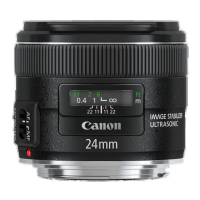
Do you have a question about the Canon EF 24mm f/2.8 IS USM and is the answer not in the manual?
| Lens type | Wide lens |
|---|---|
| Component for | MILC |
| Image stabilizer | Yes |
| Fixed focal length | 24 mm |
| Lens mount interface | Canon EF |
| Maximum aperture number | 22 |
| Closest focusing distance | 0.20 m |
| Number of diaphragm blades | 7 |
| Lens structure (elements/groups) | 11/9 |
| AF actuator | USM |
| Compatibility | - |
| Maximum magnification | 0.23 x |
| Camera brands compatibility | Canon |
| Length | 55.7 mm |
|---|---|
| Weight | 280 g |
| Diameter | 68.4 mm |
| Filter size | 58 mm |
Explains numbered parts like distance scale, focusing ring, and mode switch on the lens.
Describes the lens mount index and the importance of clean electrical contacts for proper operation.
Covers eye safety when looking at the sun, and fire risk from leaving lens cap off in sunlight.
Addresses condensation due to temperature changes and risks associated with excessive heat.
Steps for mounting, detaching, and protecting lens contacts and surfaces from damage.
How to set AF/MF modes and use full-time manual focus by turning the focusing ring after AF.
Explains the mark's purpose for adjusting infinity focus point due to temperature changes.
Steps for enabling IS and how it operates when the shutter button is pressed halfway.
Information on IS effectiveness, power consumption, and when to turn it off (e.g., on a tripod).
Instructions for attaching, removing, and storing the lens hood to prevent unwanted light and protect the lens.
Notes on attaching filters to the front thread and using extension tubes for magnified shots.
Information on attaching close-up lenses for magnified photography and recommended focus mode.

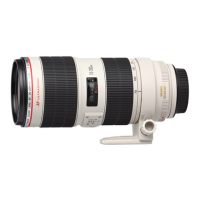

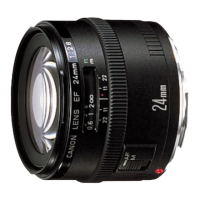
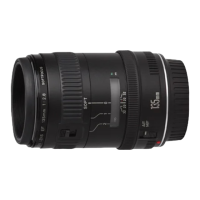
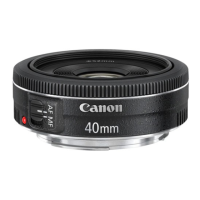
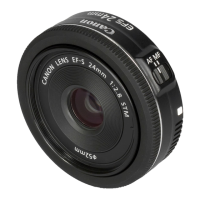
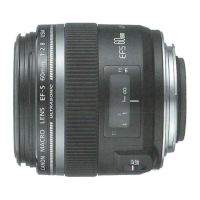
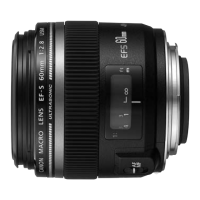
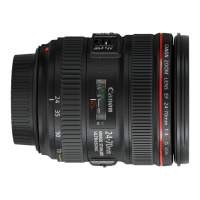
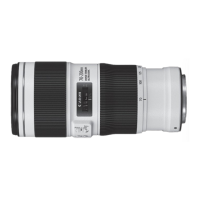
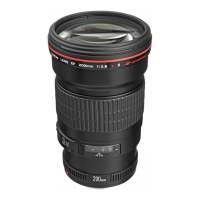
